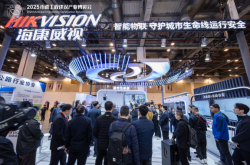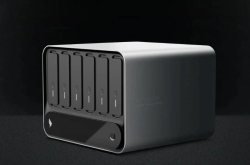Surprising Revival of a Once-Struggling Japanese Car Brand: Sylphy Sells 24,000 Units, Outshining Electric Cars in Cost-Effectiveness
![]() 05/25 2025
05/25 2025
![]() 627
627
Amidst the prevailing gloom surrounding fuel vehicles, Japanese carmakers have faced severe criticism, with Nissan enduring the steepest decline among its peers. Nonetheless, Nissan still boasts a gem in its lineup—the enduringly popular Sylphy.
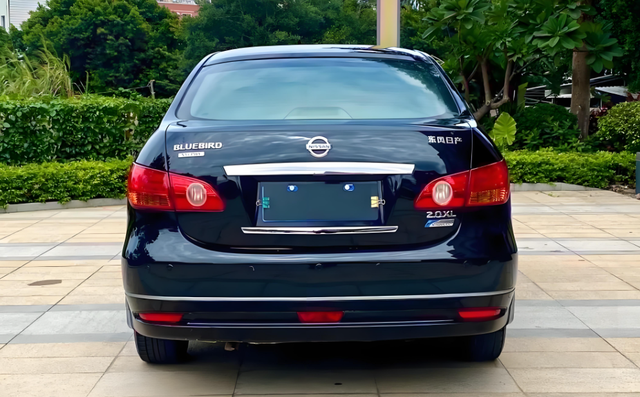
In April, Sylphy's sales soared to 24,458 units, marking a 17% increase and securing a spot among the top three best-selling models. This robust performance underscores Sylphy's enduring vitality and provides Nissan with the breathing room it needs to navigate its transformation, bolstering its confidence in the Chinese market.
Sylphy's enduring popularity stems from its reputation built over the years for reliability and durability. Many consumers attest to driving their Sylphy for over 300,000 kilometers with minimal issues, provided regular maintenance is adhered to.
Even after years of use, Sylphy retains its value in the second-hand market, where it remains a highly sought-after model. Older Sylphy models have changed hands multiple times yet continue to serve loyal customers, ensuring a significant residual value for owners long after their purchase.
Ownership costs for Sylphy are remarkably low. It runs on widely available 92-octane gasoline, and routine maintenance is affordable, with even the cheapest semi-synthetic oil sufficing. Four years ago, the author's Sylphy maintenance costs amounted to approximately 180 yuan per session, making it one of the most cost-effective models to maintain.
Amidst fierce price competition, Sylphy's current price has dipped below 70,000 yuan, with a starting price of less than 85,000 yuan. Its spacious interior makes it ideal for family use. Despite the ongoing criticism against fuel vehicles, Sylphy remains a top-three seller, testament to its resilient market presence.
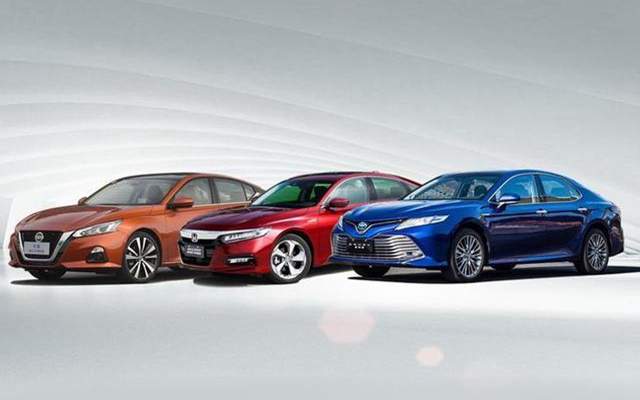
In reality, despite the decline of Japanese cars in the Chinese market, they still hold a strong market position, far from the dire picture painted by online narratives.
Toyota sold 142,800 units in the Chinese market in April, ranking fourth among domestic automakers. While the gap with the top three—BYD and Geely Auto (first and second with 380,000 and 234,000 units, respectively) and Volkswagen (third with 205,000 units)—is significant, Toyota's performance remains robust.
Even Honda and Nissan, which have faced tougher challenges, sold 44,000 and 46,300 units, respectively, in the Chinese market in April. Nissan continues to rank among the top ten automakers, while Honda may have slipped out of the top ten.
In contrast, the so-called thriving new car companies reached a maximum sales volume of only 41,000 units in April, 3,000 fewer than Honda and certainly not among the domestic top ten.
Furthermore, new car companies have struggled this year compared to last. Last year's leading new car company achieved monthly sales exceeding 50,000 units, with peak sales nearing 60,000 units. However, none have surpassed 50,000 units this year. As traditional automakers intensify their push into the new energy vehicle market, the path for new car companies to break through becomes increasingly challenging.
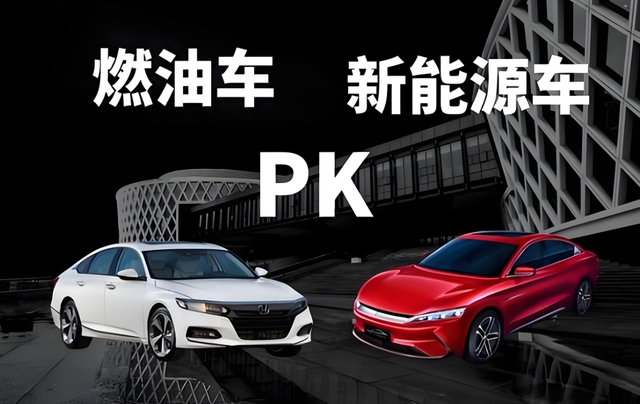
The competition between fuel and electric vehicles has reached a critical juncture, with both technologies offering models priced below 60,000 yuan. As consumers become more grounded in reality, some are rediscovering the advantages of fuel vehicles.
Fuel vehicles offer longer lifespans and durability, coupled with simpler maintenance. Electric cars, on the other hand, are more delicate, with battery life significantly declining after six years. Even when not in use, electric car batteries degrade, necessitating regular 'exercise' to maintain performance. The lack of demand for used electric cars has led some consumers to firmly opt for fuel vehicles.

